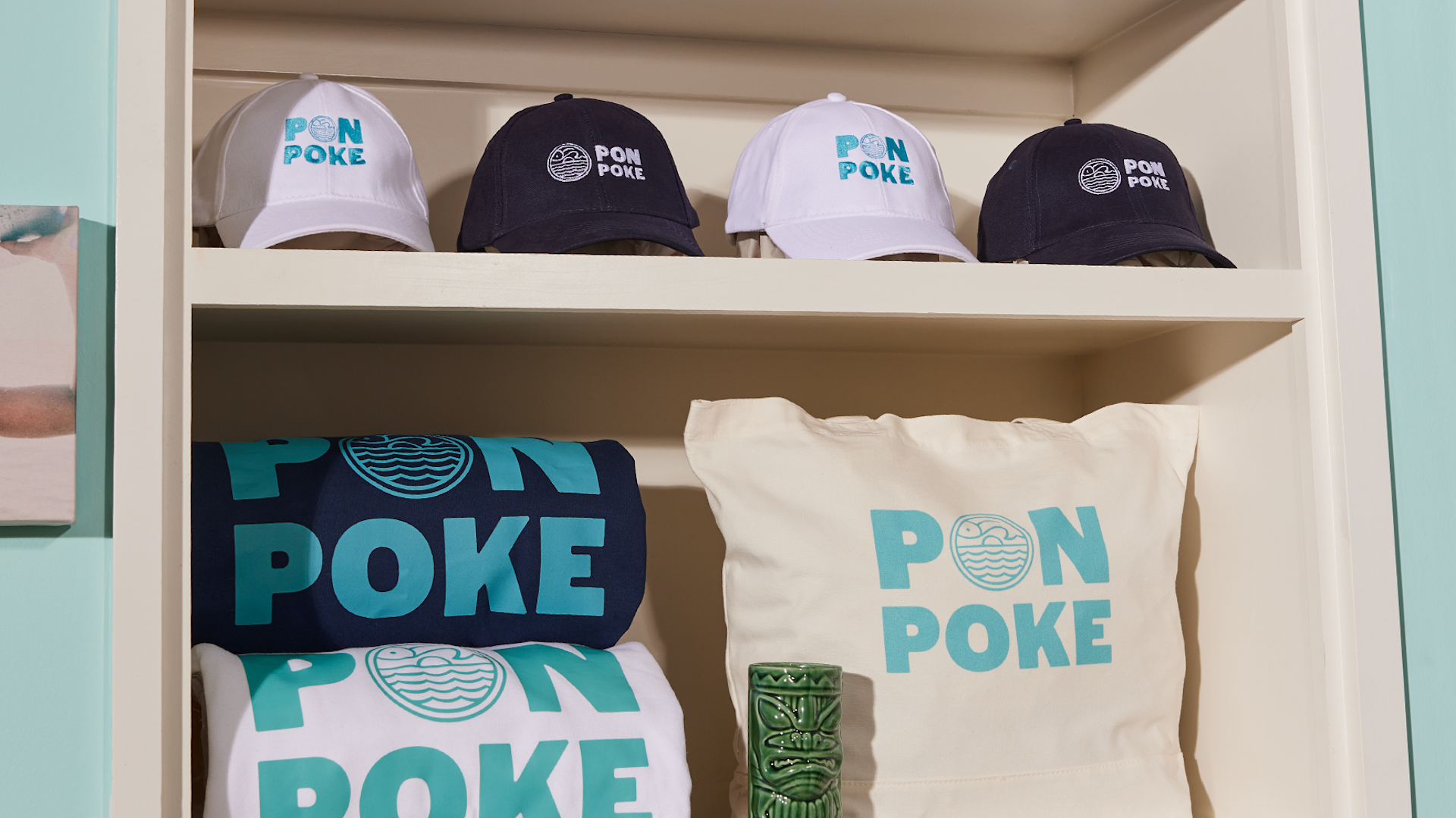Branded Clothing Essentials: Understanding the Fabric Behind the Fashion
Branded Clothing Essentials: Understanding the Fabric Behind the Fashion
Blog Article
Understanding Clothing: The Relevance of Material Options in Your Closet
The choice of fabric in clothes plays a pivotal function in both looks and functionality. Various materials use differing degrees of breathability, sturdiness, and convenience, directly affecting the wearer's experience. Understanding these subtleties can improve one's closet noticeably. Yet, several overlook exactly how these choices can impact not simply personal style, however also sustainability. What fabric choices could redefine your closet and align it with both style and duty?
The Role of Fabric in vogue and Performance

Common Fabric Types and Their Attributes
When choosing garments, comprehending the characteristics of typical fabric types is necessary for making notified choices. Cotton, a widely-used all-natural fiber, is recognized for its flexibility, breathability, and softness, making it suitable for laid-back wear and everyday garments. Linen, one more all-natural choice, flaunts superb moisture-wicking residential or commercial properties and a distinctive appearance, suitable for cozy climates.Wool, commonly preferred for its heat and longevity, differs in fineness; merino woollen is soft against the skin, while coarser types are utilized for outerwear. Synthetic textiles like polyester and nylon use sturdiness and resistance to wrinkles, making them preferred for activewear and traveling garments. Finally, blends, which integrate natural and artificial fibers, can boost performance while maintaining convenience. By acknowledging these material qualities, people can pick clothes that lines up with their way of living and aesthetic preferences.
Breathability and Convenience: Picking the Right Fabrics for Different Environments
Choosing the right materials for different climates can considerably enhance comfort and overall wearability. Breathable products are essential in warm environments, as they allow air circulation and moisture dissipation. Fabrics such as cotton, bed linen, and moisture-wicking synthetics properly draw sweat far from the body, maintaining the user cool and completely dry. On the other hand, in colder climates, thicker fabrics like wool or fleece offer insulation while keeping breathability, ensuring warmth without overheating.Additionally, the choice of textile weight plays an essential role; light-weight textiles are more suitable for summer season, whereas heavier choices are suited for winter wear. Understanding the distinct properties of each textile makes it possible for people to dress properly for differing climate condition. Inevitably, picking breathable and comfortable textiles customized to details climates can substantially enhance daily convenience and improve the general experience of wearing clothing.
Longevity and Treatment: Exactly How Textile Influences Durability of Your Closet
Choosing the appropriate products can significantly impact the toughness and care demands of a wardrobe. Fabrics such as cotton and polyester are understood for their durability and convenience of upkeep, making them optimal for day-to-day wear. In comparison, delicate materials like silk and lace call for more careful handling and specialized cleansing methods, which can raise the time and effort required for care. Branded Clothing.Durability is additionally influenced by the textile's weave and surface; snugly woven textiles have a tendency to resist damage far better than freely woven alternatives. In addition, artificial blends commonly supply enhanced longevity, incorporating the very best high qualities of numerous fibers.Understanding the treatment directions for each and every material is vital, as improper drying out or washing can bring about early wear. Inevitably, choosing sturdy materials can bring about a longer-lasting wardrobe, decreasing the frequency of replacements and adding to a more lasting style option
The Effect of Textile on Fit and Silhouette

Lasting Fabric Selections: Making Eco-Friendly Choices
The impact of fabric prolongs past fit and silhouette to incorporate environmental aspects, prompting an expanding rate of interest in lasting fabric choices. Environmentally friendly materials, such as natural cotton, hemp, and Tencel, are gaining traction amongst consumers who focus on sustainability in their closets. These materials are usually produced with fewer chemicals and water, minimizing their eco-friendly footprint.Additionally, recycled fabrics, made from post-consumer waste, provide a cutting-edge solution to the fabric sector's pollution issue. Brands increasingly accept transparency in their sourcing methods, permitting customers to make enlightened choices regarding their purchases.Choosing lasting materials not only sustains honest methods but additionally encourages the garment industry to adopt even more accountable manufacturing approaches. As understanding of environmental concerns climbs, individuals are urged to assess the lasting influence of their fabric options, promoting an activity towards an extra lasting and eco aware method to style.
Raising Design: Just How Material Can Transform a Clothing
While lots of might concentrate on shade and cut when picking a clothing, the choice of textile plays a necessary role in elevating style and improving total appearance. Various materials share unique moods and messages; for instance, silk exhibits luxury and sophistication, while denim provides an informal, relaxed vibe. The appearance and drape of a fabric can dramatically alter the silhouette, with learn the facts here now structured materials giving a sleek appearance and softer ones producing a more fluid, relaxed aesthetic.Moreover, the weight of the material influences wearability across seasons. Lightweight fabrics like linen and cotton are suitable for summer, while larger materials such as woollen and velour offer heat and style in cooler months. Comprehending material residential properties, such as breathability and stretch, additionally empowers people to make enlightened selections that enhance comfort without endangering design. Eventually, the ideal material can go right here transform a clothing from regular to remarkable, making it an important consideration in any type of wardrobe.
Regularly Asked Questions
Exactly how Do I Identify the Fabric Content of My Apparel?
To recognize textile web content, one can analyze treatment labels, conduct shed examinations for fiber recognition, or consult fabric examples. These techniques help separate products, making certain educated options for clothes care and maintenance in daily wear.
Can Textile Option Affect My Mood or Confidence?
Fabric option can substantially affect an individual's mood and self-confidence. Branded Clothing. Specific materials might stimulate feelings of convenience or beauty, while others can feel unflattering or limiting, inevitably affecting self-perception and emotional well-being throughout the day
What Fabrics Are Finest for Sensitive Skin?
For people with delicate skin, natural fabrics like bamboo, cotton, and bed linen are commonly advised. These products are breathable, hypoallergenic, and less most likely to trigger irritability, making them appropriate selections for comfort and skin health and wellness.
Just how Do I Properly Wash and Take Care Of Different Fabrics?
To effectively clean and care for different materials, one have to consider each product's specific needs, consisting of temperature level setups, detergents, and drying approaches, making certain durability and keeping the textile's initial top qualities for ideal use.
Are There Certain Fabrics for Athletic or Performance Wear?
Sports or performance wear often uses materials such as polyester, spandex, and nylon. These materials are made for moisture-wicking, breathability, and versatility, enhancing motion and comfort throughout exercises while offering durability and assistance. Conversely, in cooler environments, thicker textiles like wool or fleece offer insulation while keeping breathability, guaranteeing heat without overheating.Additionally, the selection of material weight plays a vital duty; lightweight fabrics are more suitable for summertime, whereas much heavier alternatives are suited for winter months wear. In comparison, delicate materials like silk and lace need even more cautious handling and specialized cleaning methods, which can increase the time and effort needed for care.Durability is likewise influenced by the material's weave and finish; firmly woven materials tend to resist wear and tear far better than loosely woven options. In contrast, rigid textiles can limit motion but give a timeless, polished look.Moreover, the density and appearance of the textile can influence the aesthetic perception of body form. The influence of fabric extends beyond fit and silhouette to include environmental aspects, triggering an official website expanding rate of interest in sustainable textile selections. The texture and drape of a material can considerably modify the shape, with organized fabrics offering a polished look and softer ones creating a much more fluid, loosened up aesthetic.Moreover, the weight of the textile influences wearability across seasons.
Report this page